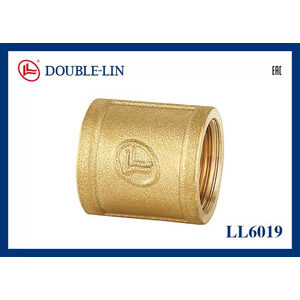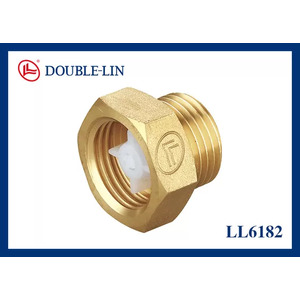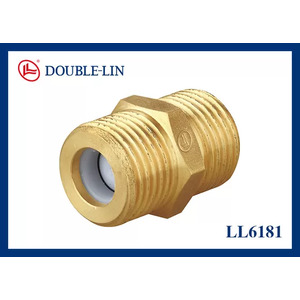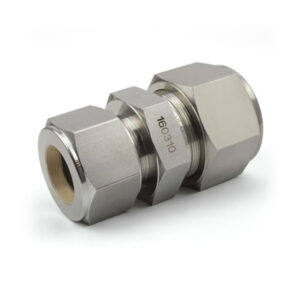BRASS NUT COMPRESSOR FITTING
Specification
- Material Composition:
- Material: Made from high-quality brass, which offers excellent corrosion resistance, strength, and durability.
- Finish: Typically has a natural brass finish, although some versions may be chrome-plated or nickel-plated for additional corrosion resistance and appearance.
- Thread Types:
- Standard Threads: Typically uses fine threads to provide a strong, secure connection.
- Common Standards: Threads generally conform to ANSI or ISO standards for compatibility with various fitting sizes.
- Size Range:
- Available in a wide range of sizes to match different pipe or tube diameters, such as 1/8 inch, 1/4 inch, 3/8 inch, 1/2 inch, and up to 1 inch or more.
- Pressure Rating:
- Brass compression nuts are suitable for moderate to high pressures but may not be ideal for extremely high-pressure applications compared to welded or threaded fittings.
Classification
- By Application:
- Plumbing: Used to secure water pipes and ensure leak-free seals.
- Gas Systems: Provides a reliable seal for gas lines, including natural gas and propane.
- Pneumatic Systems: Common in air and pneumatic systems, where secure sealing is required without soldering or welding.
- By Size:
- Sized to match specific tubing or pipe diameters, with both metric and imperial sizes available.
Description
- Applications:
- Water Systems: Ensures a tight seal in residential and commercial plumbing, connecting copper, plastic, or PEX tubing.
- Gas Lines: Used in gas applications to prevent leaks, providing a secure connection in natural gas and propane lines.
- Pneumatics: Common in pneumatic systems, securing the tubing while allowing easy installation and disassembly.
- HVAC Systems: Used in heating and cooling systems to connect lines and ensure leak-free operation.
- Advantages:
- Corrosion Resistant: Brass is naturally resistant to corrosion, making it suitable for water, gas, and air applications.
- Ease of Installation: Does not require soldering or welding; simply tightens with a wrench.
- Reusable: The nut can be reused in some cases, though it may need to be replaced if the fitting is disassembled frequently.
- Compatibility: Works with various types of tubing, such as copper, brass, plastic, and PEX.
- Limitations:
- Pressure Limits: Not recommended for extremely high-pressure systems compared to welded fittings.
- Single-Use Sleeve Requirement: Compression sleeves within the nut are generally single-use, so they must be replaced when disassembled.
- Maintenance and Care:
- Regular Inspection: Check for leaks, especially in gas or water lines.
- Proper Tightening: Avoid over-tightening to prevent damage to threads or deformation of the nut.
- Replacement as Needed: Replace the compression nut if signs of wear or damage are observed, particularly in critical applications.




